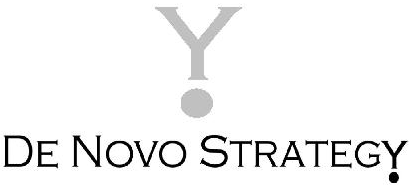The Plan involves overhauling the assessment system so that the riskier financial institutions will bear a greater burden in restoring the DIF balance and reserve ratio. As an immediate measure to increase the fund, the FDIC did initiate a 7-basis-point increase to its assessment rates across the board. This change, which created an assessment range of 12 to 50 basis points, was effective only for the first quarter of 2009. The proposed changes for the second quarter are geared towards implementing assessment-pricing calculations that weight an institution’s risk profile appropriately.
Second quarter brings more robust pricing formulas
The proposed base assessment rate ranges from 10 to 45 basis points. Risk Category I institutions would begin with an initial assessment rate of 10 to 14 basis points; the corresponding assessment rates for Risk Categories II, III, and IV would be 20, 30, and 45 basis points, respectively. Further adjustments would be made to account for the institutions’ unsecured debt, secured liabilities and brokered deposits. The resulting total assessment ranges in basis points by risk category are:
• I: 8-21
• II: 18-40
• III: 28-55
• IV: 43-77.5
Some points to note regarding the proposed changes to the pricing calculations include:
• CAMELS component ratings and financial ratios will still be used to determine assessment rates for most institutions.
• An additional ratio will be added to increase the assessment rate for institutions that experience rapid asset growth funded by brokered deposits.
• The pricing calculation used for large Risk Category I institutions will consider the assessment rate from the financial ratios method and other information, in addition to the bank’s weighted-average CAMELS component rating and long-term issuer rating.
• The FDIC may increase the assessment rate by up to 10 basis points on Risk Category II, III, and IV institutions, when the institution’s ratio of brokered deposits to domestic deposits exceeds 10 percent.
• Institutions in any category that rely heavily on secured liabilities, such as Federal Home Loan Bank advances, will face an increased assessment rate.
• Institutions that carry long-term unsecured debt may have their assessment rate reduced as a result.
Bleak outlook
Under this plan, the FDIC expects 2009 assessments to increase to $10 billion, from $3 billion in 2008. The agency had previously estimated bank failure costs of about $40 billion through 2013, but because the economy has worsened since last fall, this estimate is now believed to be too low.


